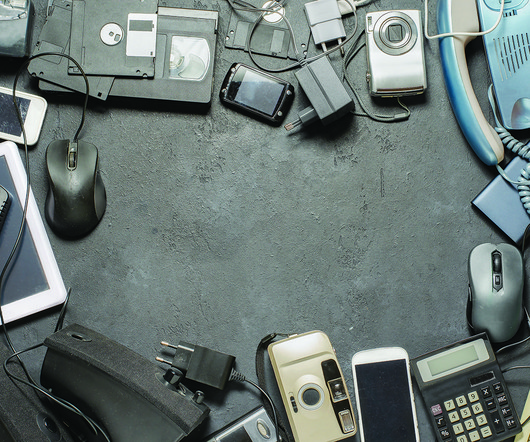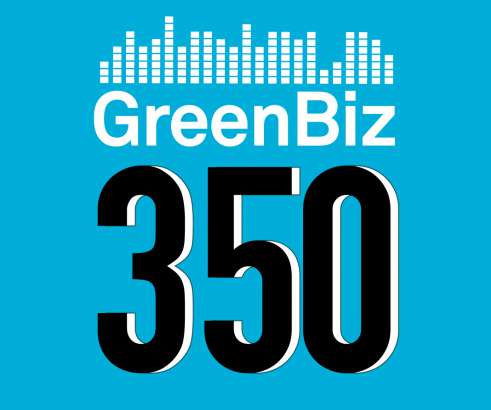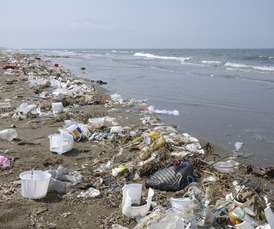What you should (and shouldn’t) do with all of your old phone chargers and other e-waste
Envirotec Magazine
OCTOBER 20, 2023
Many of these chargers ultimately end up being discarded, contributing to more than 51,000 tonnes of electronic and electrical equipment waste each year. Don’t bin them Many people do not realise that disposing of old phone chargers and cables in standard waste bins has negative environmental consequences.
















Let's personalize your content